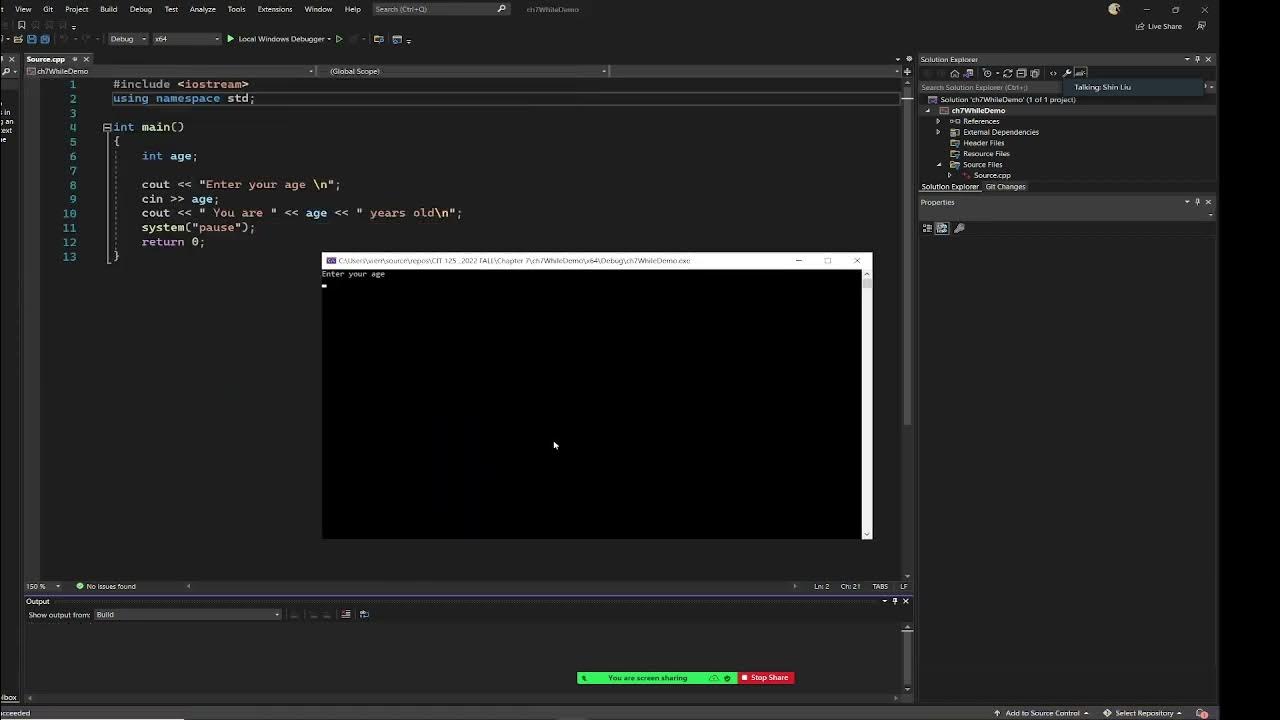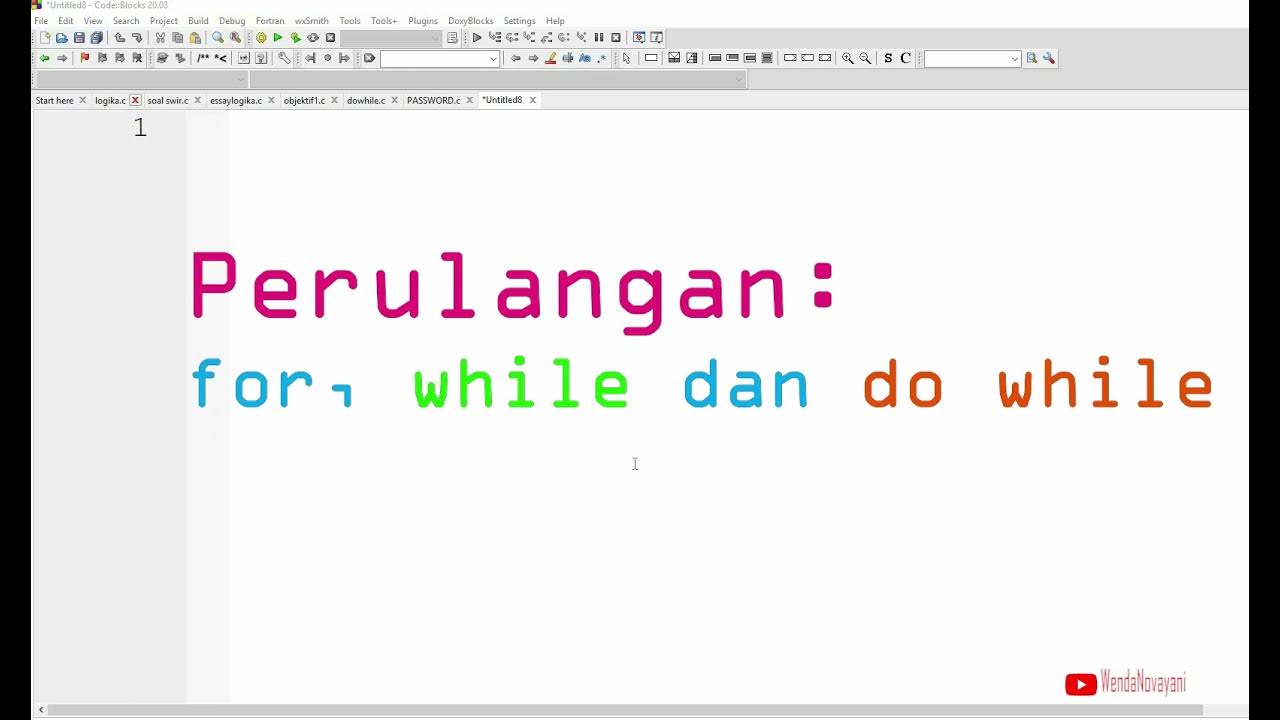for and while Loops
Summary
TLDRIn this lecture, the instructor introduces the fundamentals of loops in programming, specifically focusing on `for` and `while` loops. Highlighting their necessity for automating repetitive tasks, the instructor illustrates how loops can efficiently send notices to numerous employees. The syntax and operational mechanics of both loops are explained, with examples demonstrating their similarities and differences. The session emphasizes that understanding `while` loops is crucial for mastering `for` loops, providing viewers with insights into choosing the appropriate looping structure for their coding needs.
Takeaways
- 😀 Loops are essential for automating repetitive tasks, making programming more efficient.
- 📜 A while loop executes its block of code as long as a specified condition is true.
- 🔄 The syntax of a while loop is: `while (expression) { statements }`.
- ✅ For loops combine initialization, condition checking, and iteration in a single line.
- 🛠️ The syntax of a for loop is: `for (initialization; condition; increment/decrement) { statements }`.
- 🗂️ Both while loops and for loops can perform the same task, but they differ in syntax and length.
- 🔍 Understanding while loops is crucial for mastering for loops, as they share foundational concepts.
- 💼 Using loops can significantly reduce the amount of code needed for repetitive tasks.
- 📈 A practical example shows a while loop counting down from 3 to 1, demonstrating its functionality.
- 📊 The for loop can be implemented to achieve the same countdown in a more concise manner.
Q & A
What is the main purpose of loops in programming?
-The main purpose of loops in programming is to automate repetitive tasks, allowing a program to execute the same block of code multiple times without manual intervention.
Can you provide an example of a real-world scenario where loops are beneficial?
-An example is sending a notice to a large number of employees. Instead of sending it manually to each person, a program can use a loop to send the notice automatically to all employees.
What is a while loop?
-A while loop is a control flow statement that executes a block of code repeatedly as long as a specified condition evaluates to true.
What is the basic syntax of a while loop?
-The basic syntax of a while loop is: 'while (condition) { // statements }'. The loop continues until the condition is false.
How does the condition in a while loop affect its execution?
-The condition in a while loop determines whether the loop will continue to execute. If the condition is true, the loop runs; if false, the loop stops.
What is the output of the while loop example provided in the lecture?
-The output of the while loop example, where the variable starts at 3 and decrements until it is no longer greater than zero, is '3 2 1'.
What is a for loop?
-A for loop is another type of control flow statement that allows code to be executed repeatedly based on a specified number of iterations or conditions.
What are the three main components of a for loop's syntax?
-The three main components of a for loop's syntax are initialization, condition, and increment/decrement, typically structured as: 'for (initialization; condition; increment/decrement) { // statements }'.
How does a for loop compare to a while loop in terms of code length?
-A for loop generally requires fewer lines of code than a while loop because it consolidates initialization, condition checking, and increment/decrement into a single line.
What is the importance of understanding while loops before learning for loops?
-Understanding while loops is crucial for grasping for loops because both loops share similar underlying concepts, and a solid foundation in while loops will help in comprehending the structure and function of for loops.
Outlines

This section is available to paid users only. Please upgrade to access this part.
Upgrade NowMindmap

This section is available to paid users only. Please upgrade to access this part.
Upgrade NowKeywords

This section is available to paid users only. Please upgrade to access this part.
Upgrade NowHighlights

This section is available to paid users only. Please upgrade to access this part.
Upgrade NowTranscripts

This section is available to paid users only. Please upgrade to access this part.
Upgrade NowBrowse More Related Video
5.0 / 5 (0 votes)





